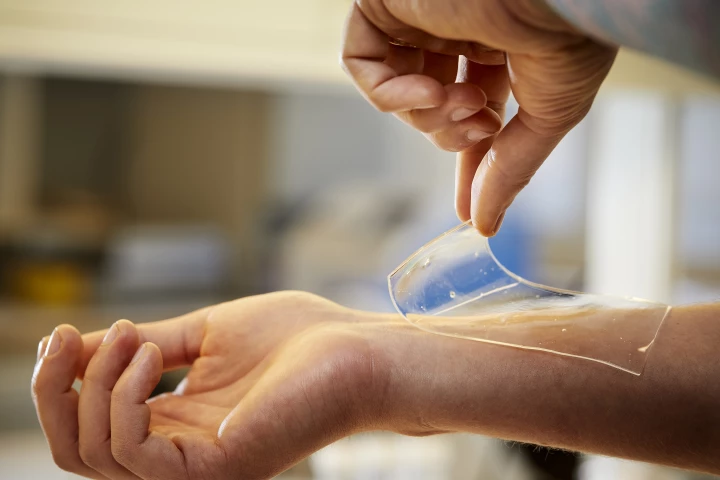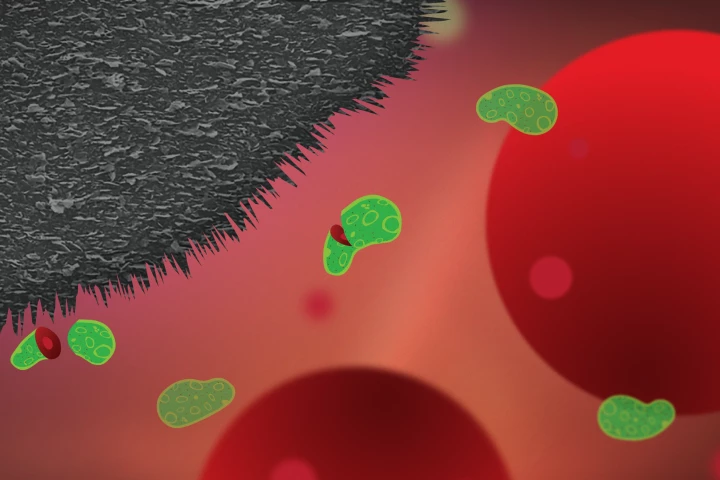Chalmers University of Technology
-
Graphene is already shaping the future of battery technology in some interesting ways, and now scientists have deployed a novel form of the wonder material in a sustainable sodium battery to bring about a tenfold increase in capacity.
-
Working to widen the applications for electronic paper technology are scientists at Sweden's University of Technology, whose latest display takes on an inverted design to offer a full array of accurate and brilliant colors.
-
Scientists in Sweden have applied some creative thinking to energy storage and building materials, demonstrating a novel type of cement-based battery that could see large structures constructed from functional concrete.
-
It's no secret that the more we use antibiotics, the greater the chances that bacteria will develop a resistance to them. A new antibacterial wound dressing is designed to get around that problem, by using proteins instead of regular antibiotics.
-
Scientists at Chalmers University of Technology have been exploring alternative energy storage solutions and are now demonstrating a type of "massless" battery that could work as a power source and structural component of a vehicle at the same time.
-
Clothing might one day do more than keep us warm, and scientists have offered a compelling new example of what might be possible by developing a new thread made of conductive cellulose, which can be worked into textiles that generate electricity.
-
When shrimp are processed at seafood plants, the resulting wastewater contains a lot of protein. Scientists have now devised a method of harvesting that protein, so it can be used to supplement animal feed or food for humans.
-
An international team of scientists is reporting success with one of the most advanced bionic arms ever made. Users control the prosthesis just by thinking about it, while it feeds the sensation of touch back to the brain.
-
There's always a risk that implanted medical devices will get colonized with bacteria, causing infections and sometimes even needing to be removed. Such complications could soon be less likely, though, thanks to a new graphite nanoplatelet coating.
-
When Swedish scientists recently set out to create a rigid bone-replacement material, they inadvertently ended up producing a soft and rubbery substance. That's all right, though, as it may end up being even more useful than the bone stand-in.
-
In order to reduce greenhouse gas emissions and harvest useful byproducts, scientists are increasingly investigating methods of capturing the CO2 emitted by smokestacks. A new material may make doing so easier and more efficient than ever before.
-
A couple of years ago we heard about the MOlecular Solar Thermal (MOST) system, in which solar energy is stored in a liquid medium, then later released as heat. Now, the technology has been applied to a clear film that could be applied to the inside of windows in energy-efficient buildings.
Load More











